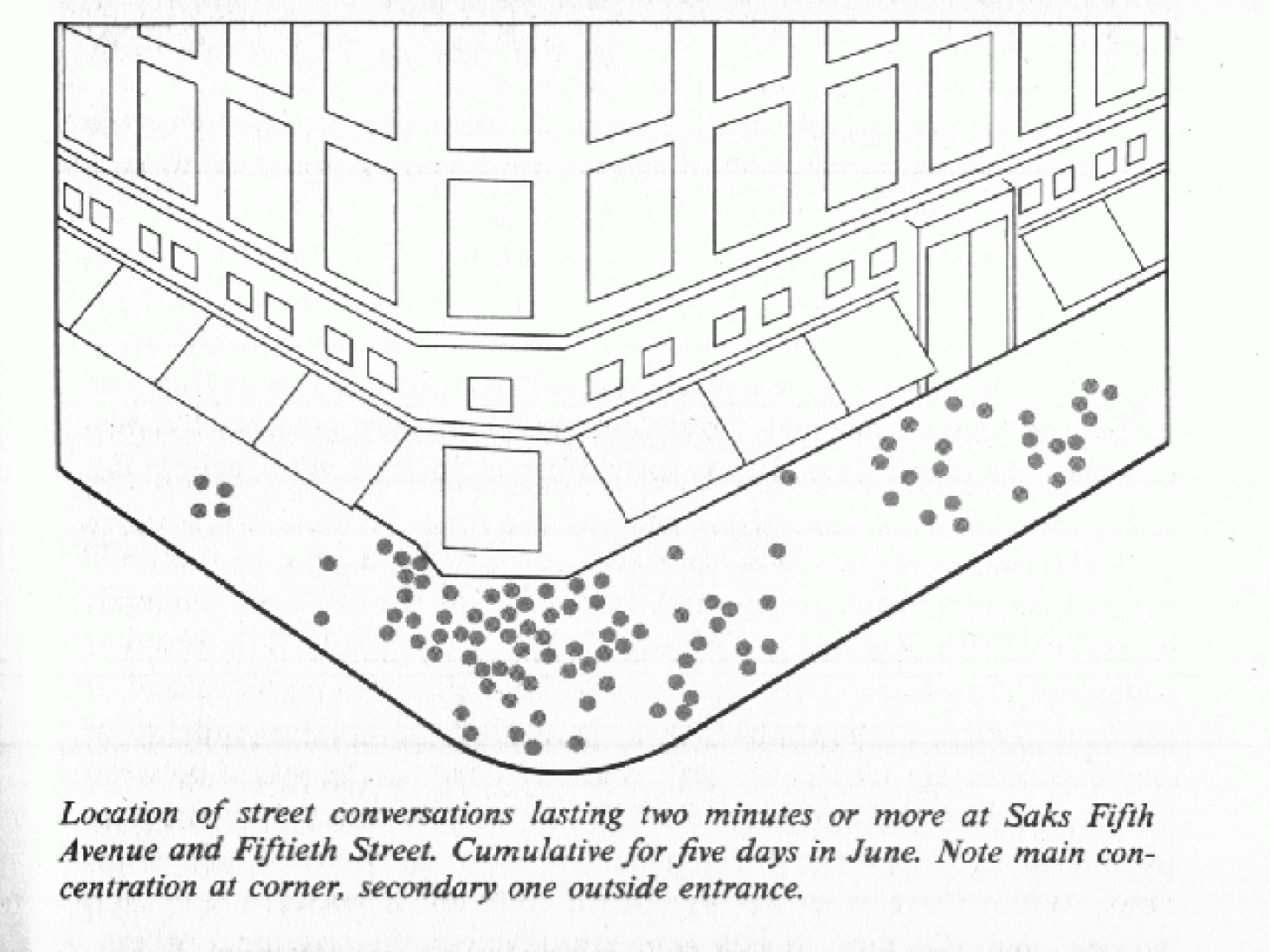Visual arts—from cave drawings to the latest multi-media productions—challenge us to think differently. Rather than depicting reality as a known (or knowable) quantity, the arts challenge us to embrace ideas that exceed our own limited understandings. They teach us how to look beyond the obvious.
Consider the following video:
What does that image show? What is happening? What happened before this moment—and what might happen after this moment?
In a sense, these are the questions that even the most unimaginative leader considers all the time. Whether leading a small staff in a corporate cubicle farm, a band of eager entrepreneurs on a startup, or the campaign for a political candidate, a leader has to consider all kinds of “before” and “after” situations—by fully understanding the “now.”
Let’s look at another picture, which tells the same story in a different way:

We might think of the first picture as “art”—a depiction of humans in their environment. We might think of the second picture as “analysis”—a rendering of patterns that occur repeatedly, which give policymakers data about decisions about planning, traffic, and public spaces.
In fact, the first challenge of quantitative analysis is to count things. This image counts the number of people who gather at a street corner for at least two minutes. The researcher, William Whyte, recorded how many people gathered at every kind of location in the city: plazas, parks, corners, entrances, and more.
If you can, take this analysis one step further. The next time you venture outside, go with a friend to different parts of the city or town. Sit for a few minutes in an isolated area. Then sit on the edge of some space, like in a bench just off the road. Then stand and walk with your friend on a sidewalk at an intersection as other people cross. What does it feel like to be in these places of isolation, on the edge, and in the middle of a flow?
If you have a chance to do it, we’re betting that this simple experience will engage your analytic mind more robustly than the first two images. By putting your body in motion, you will gain a 3-dimensional, surround-sound understanding of place.
The experience may leave you with a puzzle. If you have circulated in cities and towns before, you might not have experienced the kinds of feelings and insights you now experience in this little experiment. That makes sense. Before, you were just living life as we often do, without much reflection. But by seeing the photo and the graphic, you primed your mind to experience the real world in a new way.
Seeing and experiencing the world, then, is a process. Nothing just happens. Rather, real seeing is iterative. It requires experiencing things in different ways.
And isn’t that, in a nutshell, the challenge of leadership—to experience things in different ways, and then guide followers to do the same—in pursuit of some greater end?
Looking Forward
- Seeing for Future-Oriented Leadership
- Exercise: Plato’s Allegory of the Cave
- Seeing: Starting with Saccades
- Seeing What is There
- Seeing What’s Not There
- Seeing What’s Not There: Cases in Point
- Not Seeing What’s There
- Not Seeing What’s Not There
- Stillness and Motion
- Making Seeing a Superpower (you are here)
- A Whole Strategy for Seeing, Thinking, and Leading
- Videos on Seeing for Leadership
